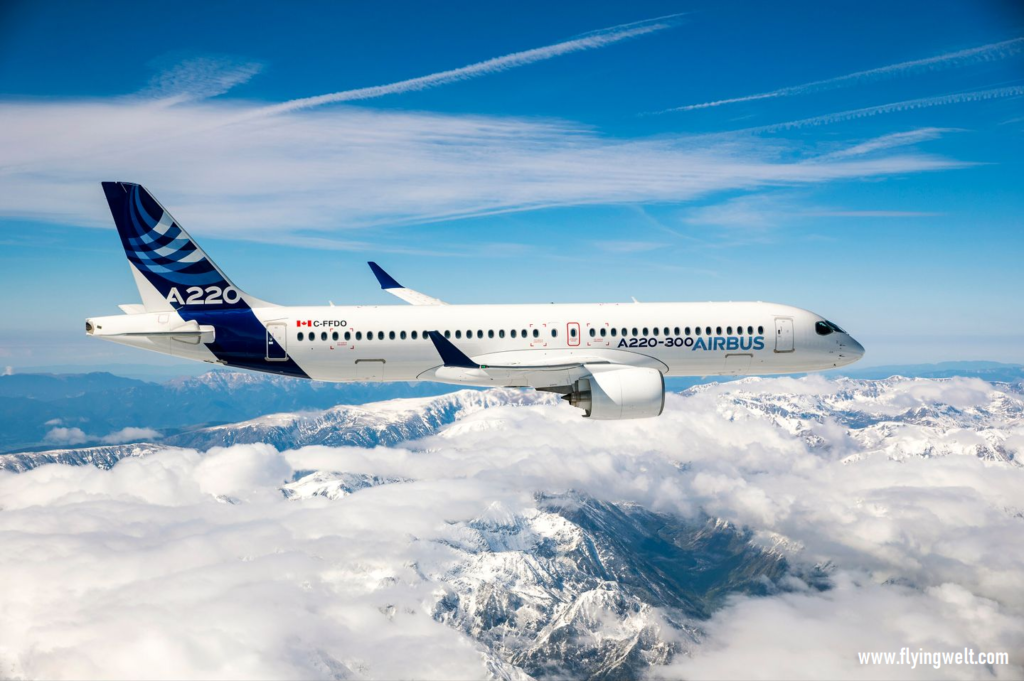Airbus developed an automatic system which, in the event of cabin pressurisation system failure, takes over from the crew and brings the aircraft back to an altitude where it is possible to breathe normally.
An Automatic Emergency Descent System monitors cabin pressure altitude and, if the cabin altitude exceeds a pre-set value, the emergency descent system may direct the autopilot to descend the airplane to minimum safe altitude. The emergency descent system may also communicate with ground facilities informing them of the descent. The Automatic Emergency Decent System (AED) system requires a seamless interface between the aircraft’s autopilot and cabin pressurisation systems.
On 14 August 2005, a passenger aircraft suffered a failure in its pressurisation system a few minutes after taking off from Larnaca Airport in Cyprus. This went undetected by the crew. As the aircraft continued to climb to an altitude of 33,000 ft (10,200 m), oxygen became increasingly scarce. The ensuing hypoxia (a reduction in the amount of oxygen delivered by the blood to the tissues) caused the occupants to lose consciousness. The plane, on its way to Prague and carrying 121 people, flew under autopilot until it ran out of fuel and eventually crashed near Marathon, north of Athens in Greece. Unfortunately, similar cases occurred on other passenger aircraft and business jets.
Aircraft typically cruise at an altitudes of ~30,000-45,000 ft (~9,000-13,000 m) above sea level where the level of oxygen is not sufficient for humans to breathe. This is why aircraft are pressurised, in order to provide sufficient oxygen for the people on board. Usually, the air pressure is kept equivalent to an altitude of ~6,000-8,000 ft (~1,800-2,400 m) above sea level.
In the case of a loss of pressurisation in cruise, passengers and crew members must immediately use oxygen masks to prevent hypoxia. Depending on the altitude, the so-called time of useful consciousness is 15 seconds or less. The flight crew must then initiate an emergency descent procedure comprising immediate pilot actions as well as communication to air traffic control and passengers in the cabin. This will enable the aircraft to descend to a lower altitude where the oxygen level is sufficient to breathe without an oxygen mask.
Airbus developed the Automatic Emergency Descent (AED) function to enable the flight crew to initiate the emergency descent by pressing a button and extending the speed brakes. The aircraft will then automatically perform the manoeuvre while avoiding potential high terrain like mountain ranges. This dramatically reduces the workload for the crew in this critical situation.
As an additional safety net, in the event of cabin depressurisation where no crew reaction is detected, the AED will automatically activate after a countdown and initiate the emergency descent.
The system may initiate the descent if the pilots fail to respond to a cautionary alert – potentially indicating that the crew is incapacitated through the effects of Hypoxia. The system may also initiate if health/alertness monitors indicate that the pilot has lost consciousness.
The aircraft will also be put into a rapid descent at maximum operating speed towards FL 100 – the target altitude for depressurization incidents, at which oxygen masks are no longer necessary. The system may also fly pre-programmed escape routes for those sectors of the route where the minimum safe altitude is above 10,000 ft.
A system which automatically performs an emergency descent to an altitude which does not necessitate supplementary oxygen when the crew does not respond to warnings concerning cabin altitude.
Initially Airbus introduced this feature in A350-1000. Now Automatic Emergency Decent (AED) system is available in A220 also.
